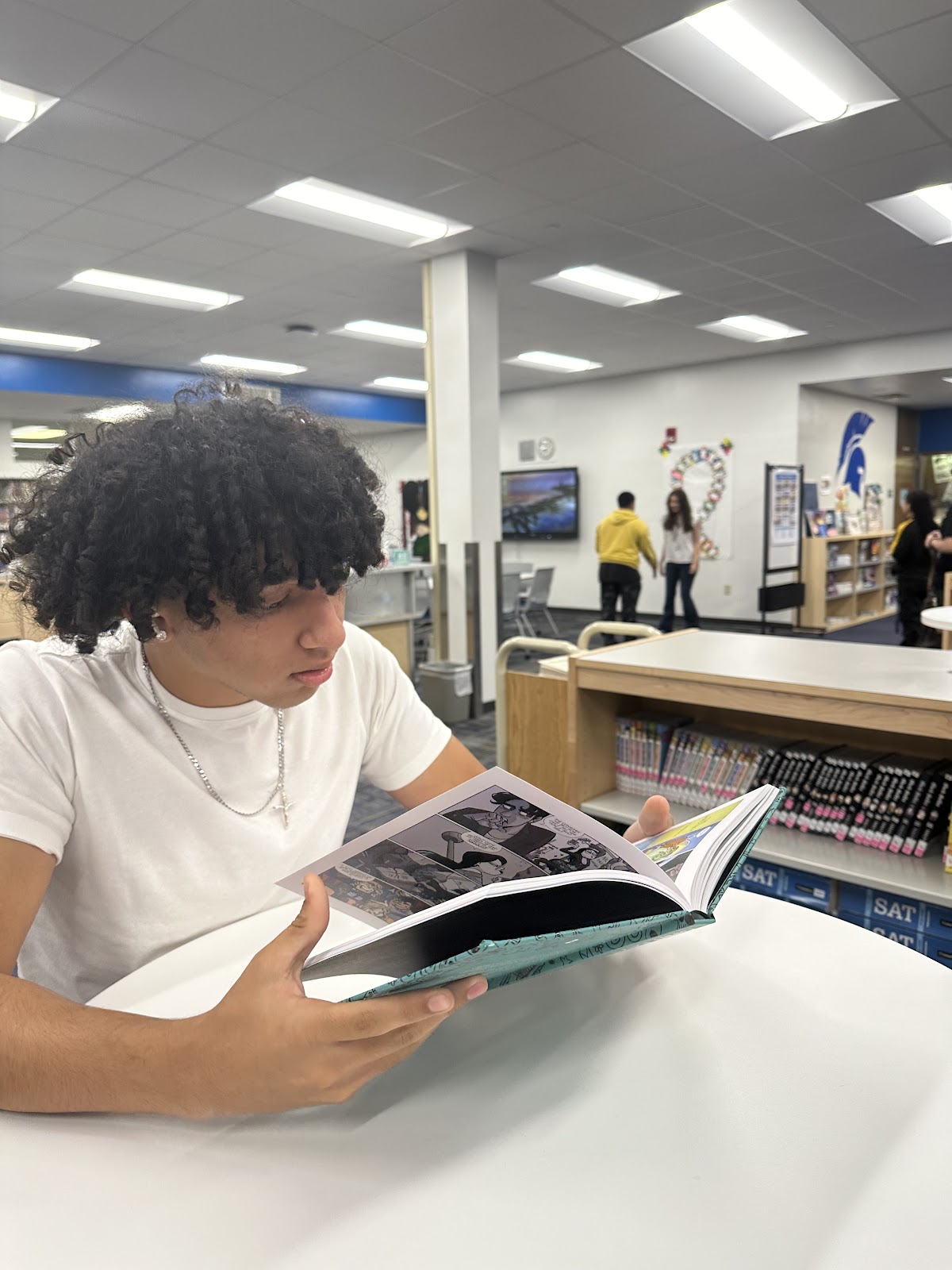Movie:
All Quiet On the Western Front (2022)
The movie All Quiet on the Western Front gives a practitioner (15 points) rating for keeping the audiences attention. The movie is action packed from start to finish and tells a saddening story about war. It follows the main character and his journey from an innocent teenager to war-torn soldier.
This movie meets the expert criteria (20 points) for demonstrating camera work and editing that enhance the story. Multiple camera shots and movements help show the setting, environment, and contribute to meanings. For example, the opening shot begins with calm and quiet scenes and transitions slowly to a chaotic battleground showing contrast.
When meeting the criteria for dialogue and background music, this movie gets the expert rating. (20 points). The music is used to show contrasts throughout and convey a feeling. For example, when the young soldiers are marching, they sing happily but the music is ominous and tense. Its dialogue helps show the impact of the war before and after between the characters.
For the last rating I'd give it the practitioner tier. (15 points) The actors were good and showed lots of emotion throughout the film. They accurately help show the devastation and impact the war would've had on soldiers at the time. The main character was also round and changed throughout the story showing how the war affected him. An example, is the closeups of his face and emotions that appear throughout the movie.




